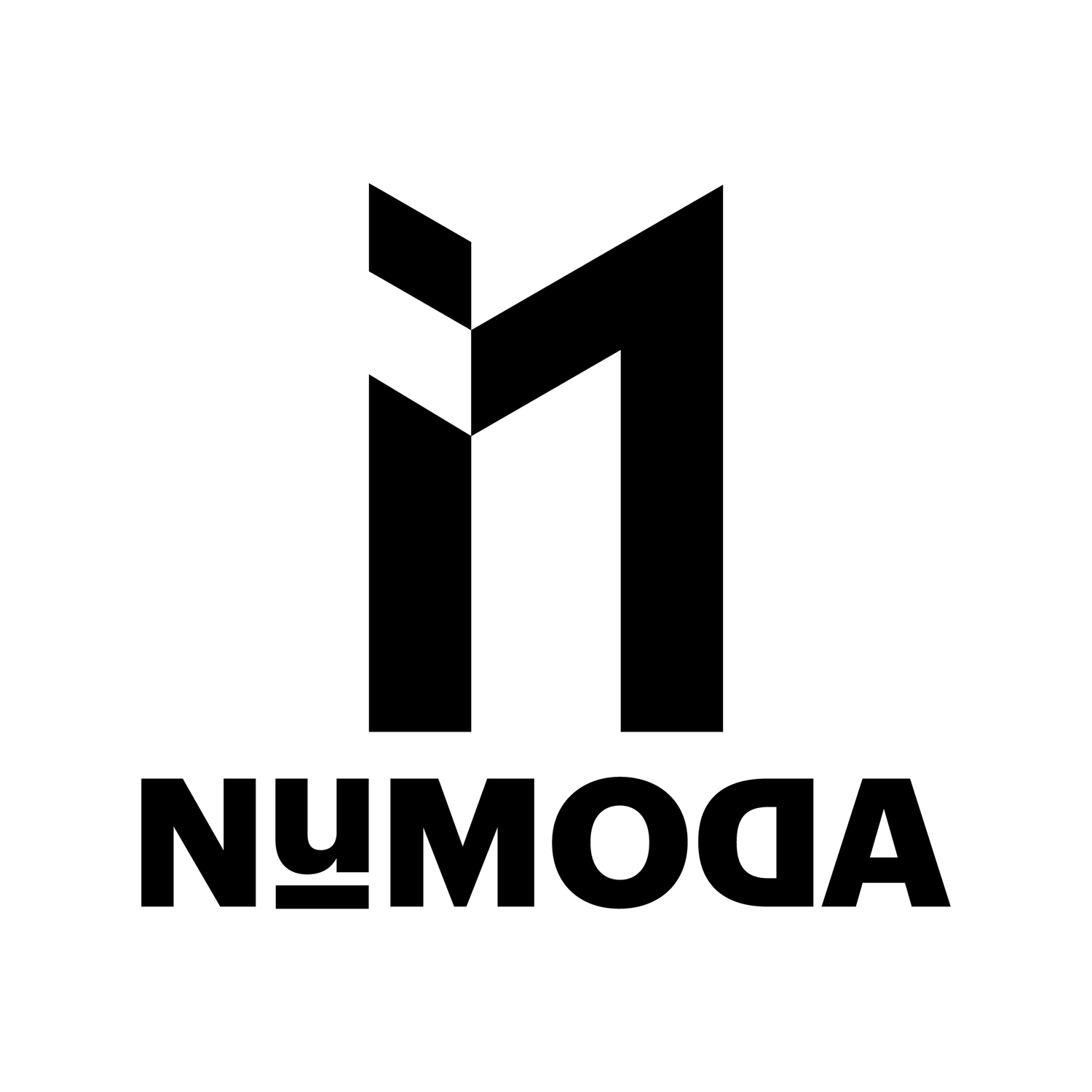Instant Gratification & The Completed Image
I was a part of a group text conversation recently that made me think about my own workflow, in ways I hadn’t really focused on recently. As a retoucher, and perhaps out of not wanting to do much retouching on my own work, I’ve still always been a proponent generally of the ‘get it right in camera’ mentality. I do still like this idea, but there are a bunch of little considerations to take into account when you are actually putting that practice to work. I think we can get stuck in a few different modes, one is that digital is quick and instant and that our images are done once we do an ‘edit’. I feel like this word’s meaning has changed recently, so to clarify: ‘edit’ means to look at your images and make selects, and potentially includes some of the processing. But editing is not retouching, and I’ve seen a lot of ‘edited’ images that just have some wiz-bang color on them, but where no consideration has been shown to the overall tonality and focus of the image, to the subject’s skin, etc. Then when we shoot film, that basic edit is pretty similar to how we work in the darkroom. Film shooters that print their own work surely manipulate it to their taste, but a lot of people tend to wait for it’s return, and accept their images / scans for that they are. The thing is, that all of those master photographers from the film days that you look up to…. yeah, they didn’t just hand their film to a lab for a standard process and call it good.
The retouching notes on darkroom prints are incredibly detailed, and before that happens, while considering exposures and film and lighting, the photographers had also considered development. To apply that mindset to the digital workflow, it would mean shooting your image in a particular way, in order to most easily or best process it to the look you visualized for the final image, rather than just capturing all the data you can and dealing with it later. What it really means is that you shouldn’t feel bad about manipulating your digital images to fit your vision.
Visualization
Visualization is a huge part of creating successful images, and all consistently good photographers are seeing a version of the completed image when they capture their starting point. Sometimes that start is close to the finish, sometimes it’s far away, and sometimes the start might even be multiple images. The key is that there is a goal and that it is rarely if ever achievable using only that camera. This is also where this discussion gets more interesting to me. Is there a right answer?
back to the conversation
We were looking at a group of images helping someone with selects, and they made a comment about how their current workflow involves getting everything right in camera, and minimal to no retouching. One of the other retouchers in the group pointed out that no matter what else you do, those distracting lights on the ceiling are part of the frame, and the frame would be better if they were removed. And he had a point. We can do everything right in camera, and post-production still may be needed to achieve our initial vision. We can also lose a decisive moment if we are too concerned with everything being correct before the retouch, so there will always be a limit to what you can do in-camera.
I guess my point is that in our work, instant gratification doesn’t exist. There are no shortcuts. There is no magic formula by which you can expose a sensor or piece of film, and have a finished image. It’s up to each of us to pick a workflow that works for what we are trying to accomplish. We should also be diligent in our efforts to visualize our entire process and have an end goal in mind, but definitely shouldn’t let that stop us from experimenting. See, interesting right? Please discuss in the comments!
one of the most well - known examples of a heavily manipulated print, by the master ansel adams




